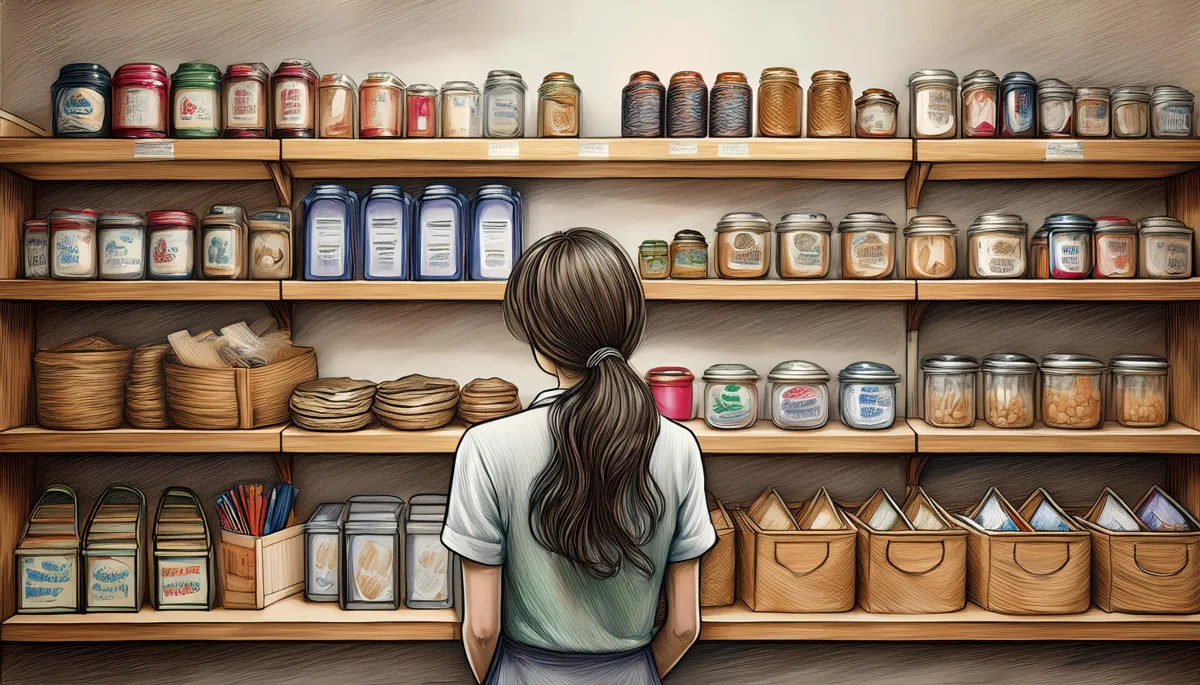
Why Doing Less Now Means More
The Weight of Choice
For years, business strategy has been built on more. More options, more channels, more ways to buy. Every retailer expanded assortments, every marketer increased touchpoints, and every customer was asked to choose again and again.
In 2025, exhaustion is finally showing. Consumers aren’t rejecting brands—they’re rejecting the constant noise around them. The question isn’t what they want to buy, but what they’re willing to process.
This fatigue has become one of the most defining forces in customer behavior.
The Overload Economy
Retailers once believed abundance signaled progress. Offering 30 shades of a single product or dozens of near-identical models seemed like good business. But now, even the most loyal customers hesitate. Too many options don’t create freedom. They create friction.
It’s not just a shopping issue. The same dynamic appears in digital life. Every app pings for attention, every platform competes for time. The mental bandwidth customers once devoted to discovery is now consumed by filtering.
The modern consumer has become an expert at saying “no.”
Choosing Less to Feel More
When decision fatigue sets in, people gravitate toward simplicity. They look for fewer but more dependable brands—those that feel intentional rather than loud. Subscription models that auto-replenish essentials. Curated retail experiences that remove noise. Shorter menus and cleaner packaging.
This isn’t minimalism as a trend. It’s minimalism as self-preservation.
In this new environment, value is measured less by variety and more by clarity. The brand that helps customers spend less energy wins more loyalty.

From Growth to Grounding
For companies, the challenge is redefining what success looks like. For a long time, “growth” meant expansion: more categories, more products, more features. Now, restraint has become a strategy.
The best-performing retailers of 2025 aren’t necessarily the largest—they’re the most deliberate. They edit instead of add. They emphasize product confidence over assortment size. Their marketing doesn’t shout; it explains.
Simplicity has become a signal of credibility.
Decision Design as Strategy
The most forward-thinking leaders are now treating decision-making as part of the product experience. They understand that how a choice is presented matters as much as what’s being sold.
Reducing mental load can be a competitive advantage:
Streamlined navigation helps customers find what they need faster.
Clear value hierarchies prevent confusion about what’s premium and what’s not.
Predictable messaging reinforces trust and prevents fatigue.
When customers feel mentally lighter, they engage more deeply. They return not because they were persuaded—but because the experience felt sustainable.
The Emotional Undercurrent
Behind this shift lies something deeper than convenience: the need for control. After years of uncertainty and information saturation, people crave calm. Every choice they make is filtered through that lens.
That’s why simple experiences feel luxurious now. Fewer decisions mean more space to feel confident. The same logic applies to internal teams too. Employees overwhelmed by systems, meetings, and shifting goals respond better to clarity than constant change.
Decision fatigue doesn’t just shape how people shop. It shapes how they work and lead.
Reclaiming Focus
This year has made one truth clear: attention is finite. Customers won’t give it freely, and companies can’t demand it endlessly.
The next phase of business growth won’t come from adding complexity. It will come from earning focus.
In the end, the brand that helps people feel lighter—emotionally and mentally—will always stand out in a crowded market. The lesson for 2025 isn’t about doing more with less. It’s about meaningfully doing less.

